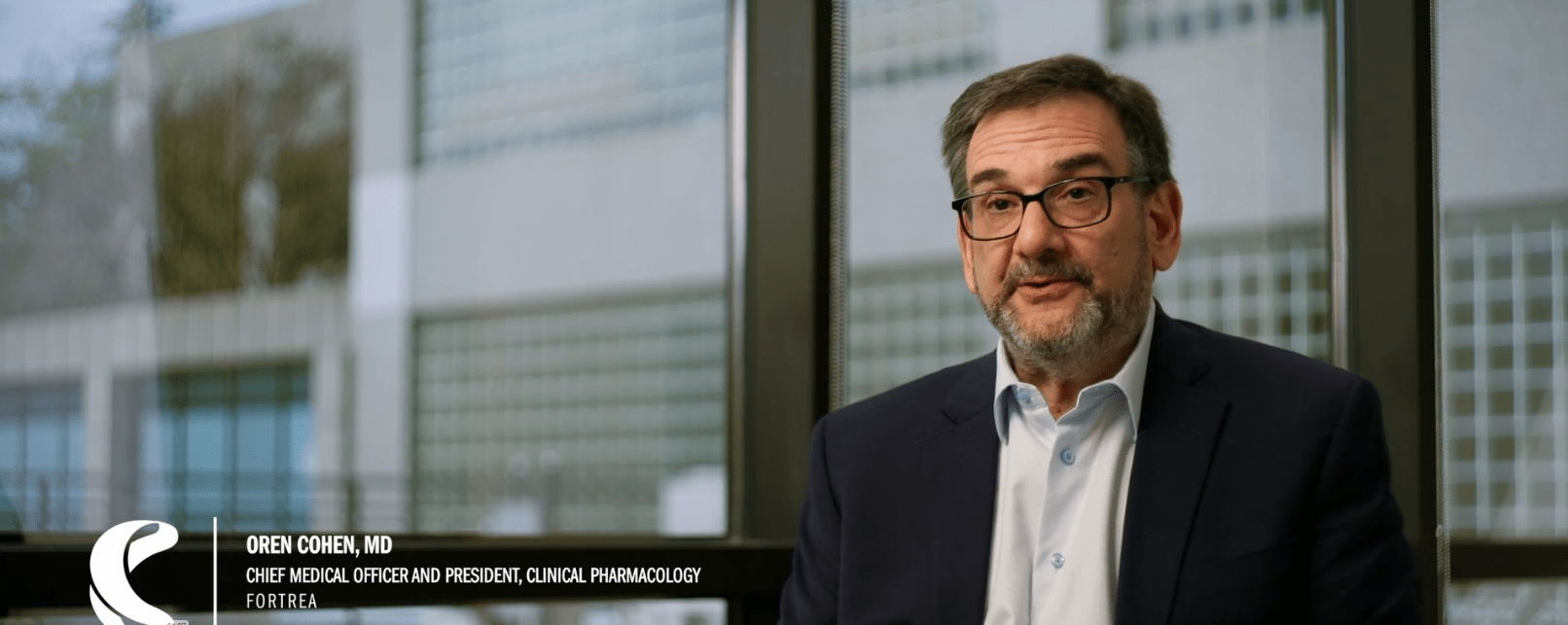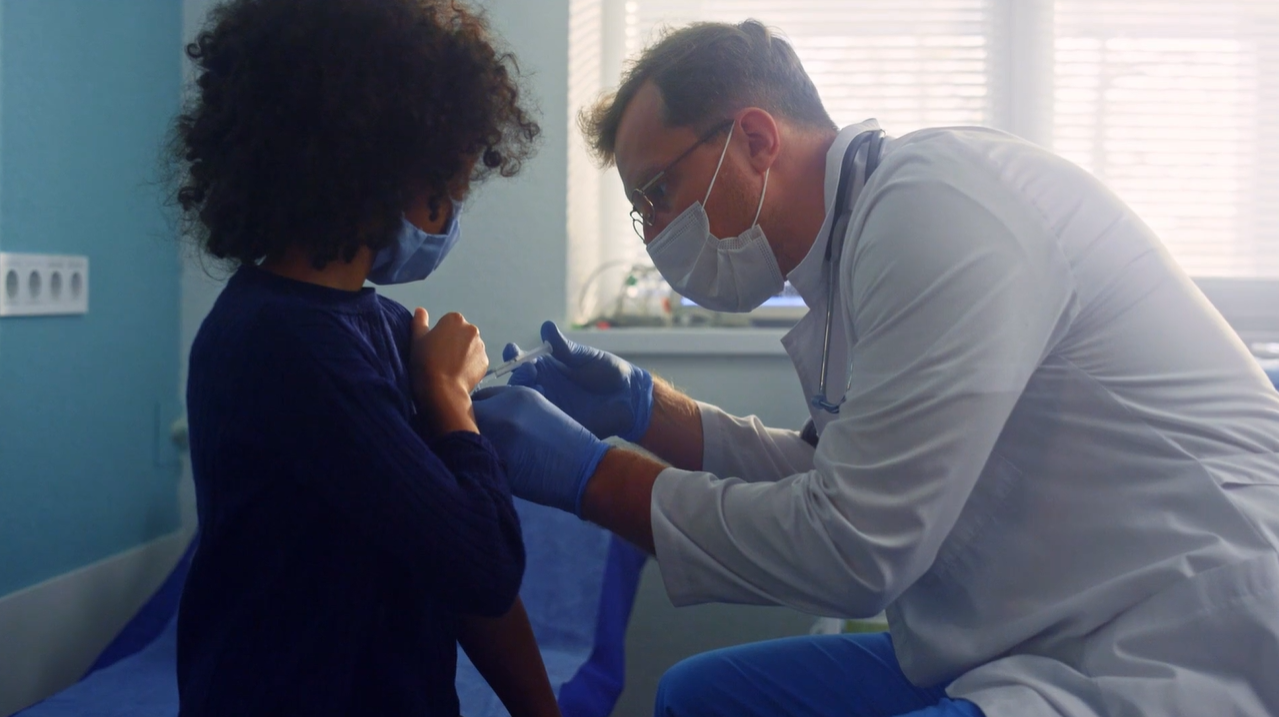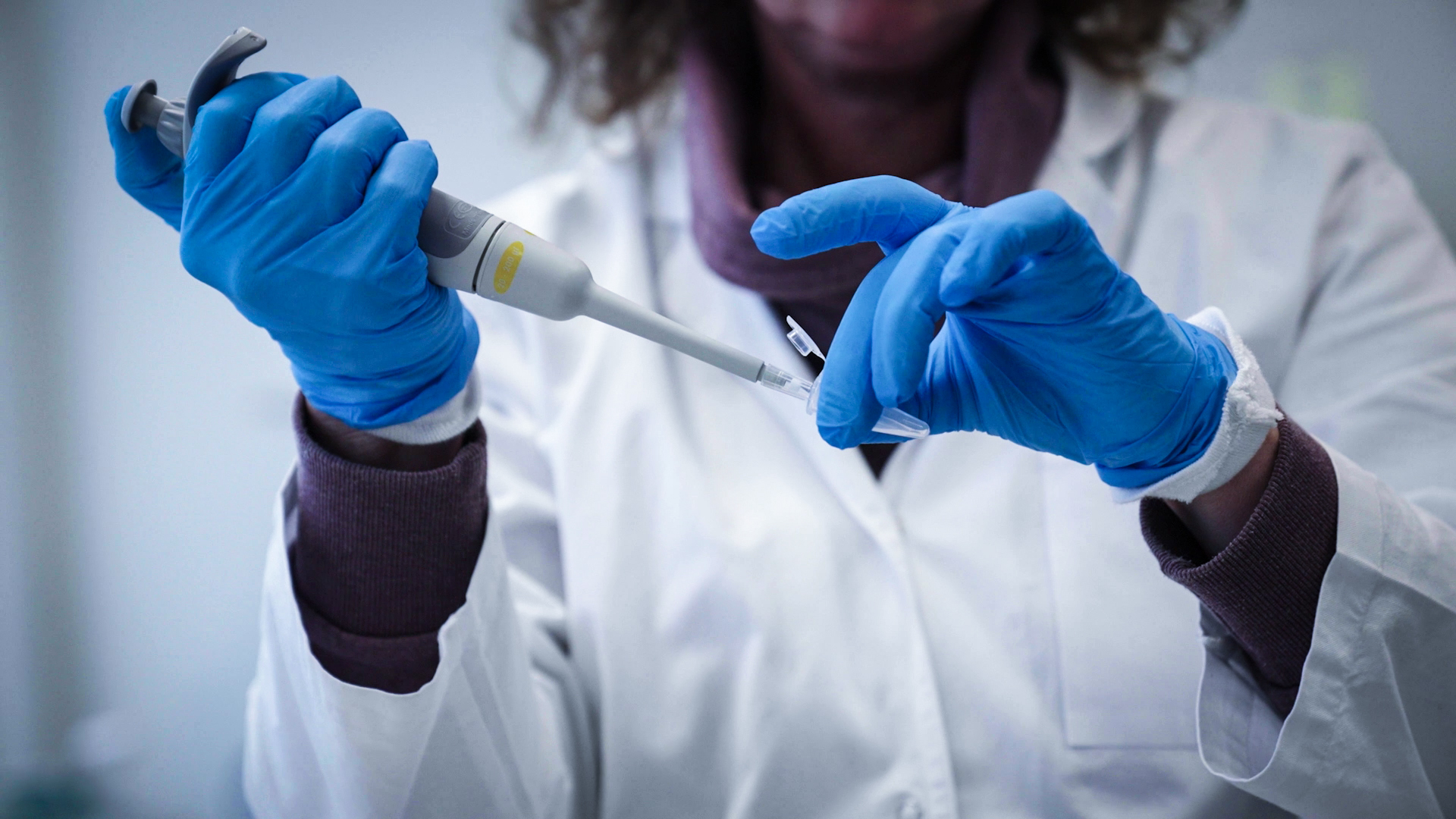Modern clinical trials—apply a mix of co-innovation and best practices to improve productivity and drive ROI

Maximizing Productivity and ROI in Modern Clinical Trials
The development of new medications is a long, complex, and costly process. Productivity—how efficiently a drug developer creates value from their investment—is key to success, yet it often remains elusive. For pharma and life sciences stakeholders, improving R&D productivity entails balancing clinical outcomes, commercial success, and the resources required to bring a drug to market. The first article in this productivity series explores strategies to optimize every stage of clinical trials. It highlights the importance of rethinking workflows and leveraging innovative tools and techniques. As trial costs rise and productivity stagnates, stakeholders must shift away from traditional methods and embrace a structured approach.
Defining Productivity in Clinical Trials
Productivity in clinical trials can be measured in multiple ways:
- The number of assets in a portfolio multiplied by average lifetime revenue, divided by development costs per year.
- Average lifetime revenue per asset divided by annual costs to bring the asset to market.
Some stakeholders use effectiveness (achieving intended outcomes) and efficiency (resource utilization) as proxies for productivity. While related, they are distinct concepts.
The Productivity Framework
Improving productivity starts with identifying and assessing opportunities while prioritizing initiatives. Sponsors and clinical research organizations (CROs) often rely on pilot programs to test new strategies. However, when time is constrained, rolling out parallel initiatives—treated as rigorous experiments—can yield faster, impactful results. Analyzing relevant metrics can help refine strategies over time. CROs should also adopt best practices developed from diverse trials to maximize their efforts and strategically implement productivity initiatives at optimal points in the clinical trial process. This systematic approach enables trial sponsors to compare initiatives, generate insights, and continuously enhance processes.
Harnessing Technology and Data
Closing productivity gaps often requires innovative solutions. Advanced modeling and data-analytics technologies—including artificial intelligence (AI), machine learning (ML), and natural language processing (NLP)—can significantly reduce timelines and costs while improving outcomes. Regulatory-grade real-world data (RWD) and real-world evidence (RWE) are increasingly essential tools, offering valuable insights and supporting clinical and business decisions.
Final Thoughts
Achieving measurable ROI gains demands a departure from the status quo. Drug developers must critically evaluate each step of the clinical trial process and take bold steps toward implementing innovative practices. Deploying multiple initiatives simultaneously, optimizing resource allocation, and continuously analyzing outcomes will drive meaningful improvements. By embracing a mix of co-innovation and best practices, stakeholders can boost productivity, streamline clinical trials, and improve ROI, ultimately accelerating the journey from drug development to patient care.














